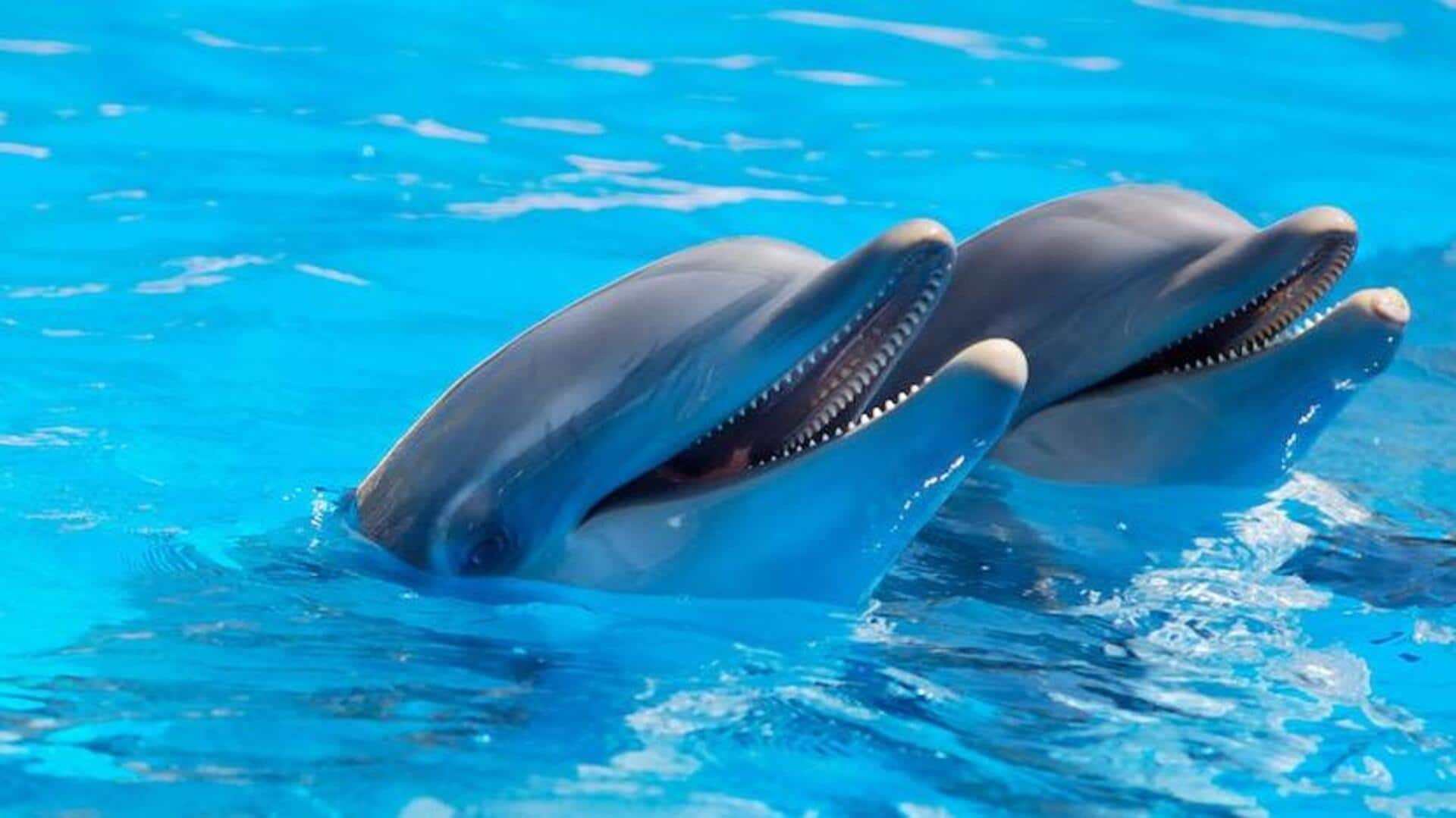
Understanding dolphin-assisted births
What's the story
The adorable dolphins have been a part of the human birthing process for quite some time. Called dolphin-assisted births, this unique concept involves pregnant ladies giving birth in front of dolphins, with the belief that the gracious presence of these cutesy marine mammals can significantly enhance the birthing experience! Here's everything more you should know about this concept.
Concept
Understanding the concept
People who had advocated dolphin-assisted births argue that the presence of dolphins during childbirth can create a soothing and serene environment, potentially reducing stress and anxiety for the mother. They claim that dolphins emit certain frequencies and vibrations that can have a positive impact on the mother's emotional well-being and potentially facilitate a smoother labor process.
Benefits
Some known benefits
Supporters of dolphin-assisted births suggest several potential benefits. They believe that the calming presence and sound of dolphins may help reduce pain perception, promote relaxation, and stimulate the release of endorphins, potentially leading to a more comfortable birthing experience. Additionally, proponents claim that the positive emotional and psychological effects of interacting with dolphins can enhance bonding between the mother, baby, and partner.
Noted cases
Noted cases
The practice was first heard when an American couple traveled to Hawaii to plan such a birth. The couple lodged at The Sirius Institute, which promotes dolphin-assisted births. According to the couple, it is about "reconnecting as humans with the dolphins so we can coexist in this world and learn from one another." However, there weren't many developments in their story post the procedure.
Health benefits
Health benefits as pointed out by the institute
The Sirius Institute notes that studies dating back to 1976 have demonstrated dolphins' potential to treat or even cure a variety of medical ailments, including cerebral palsy, depression, autism, and Down syndrome. In the Black Sea, underwater births have been practiced for at least 30 years. According to reports, babies born near dolphins grow more quickly, especially during the first six months of life.
The expert dolphin
Igor Tscharkofsy: the pioneer
Per reports, Igor Tscharkofsy is the man behind the dolphin-assisted birth. Reportedly, he developed the water-birth technique as well as swimming or prolonged submersion in the waterway of curing infants and weak or ill youngsters. Tscharkofsy began giving birth to human children in the Black Sea with the resident dolphins after discovering and proving the advantages of water birth, according to the Sirius Institute.
Noted cases
Practicing this alternate childbirth process
Dolphin-assisted births are not widely practiced or supported within the medical community. The medical consensus is that the risks and potential harms outweigh any perceived benefits. While there have been some documented cases of women giving birth in the presence of dolphins, these instances are often outside of formal medical settings and lack rigorous scientific scrutiny. There aren't enough reports to substantiate the method.
Risks
Potential risks involved
With dolphin assistance, there is a chance that both the mother and the baby could drown or contract a terrible sickness or infection. There are several potentially dangerous germs and pathogens in the sea, along with all of its inhabitants. Additionally, anyone planning to deliver a baby at sea should keep in mind that the dolphin might not be too eager to assist.
Conclusion
It still remains a controversial method
While the concept of dolphin-assisted births may intrigue some individuals, it remains a controversial practice with limited scientific support. The potential benefits attributed to dolphin presence during childbirth should be weighed against the risks and ethical considerations involved. Expectant mothers must consult with qualified medical professionals to explore safe and evidence-based birthing options that prioritize the well-being of both the mother and the newborn.